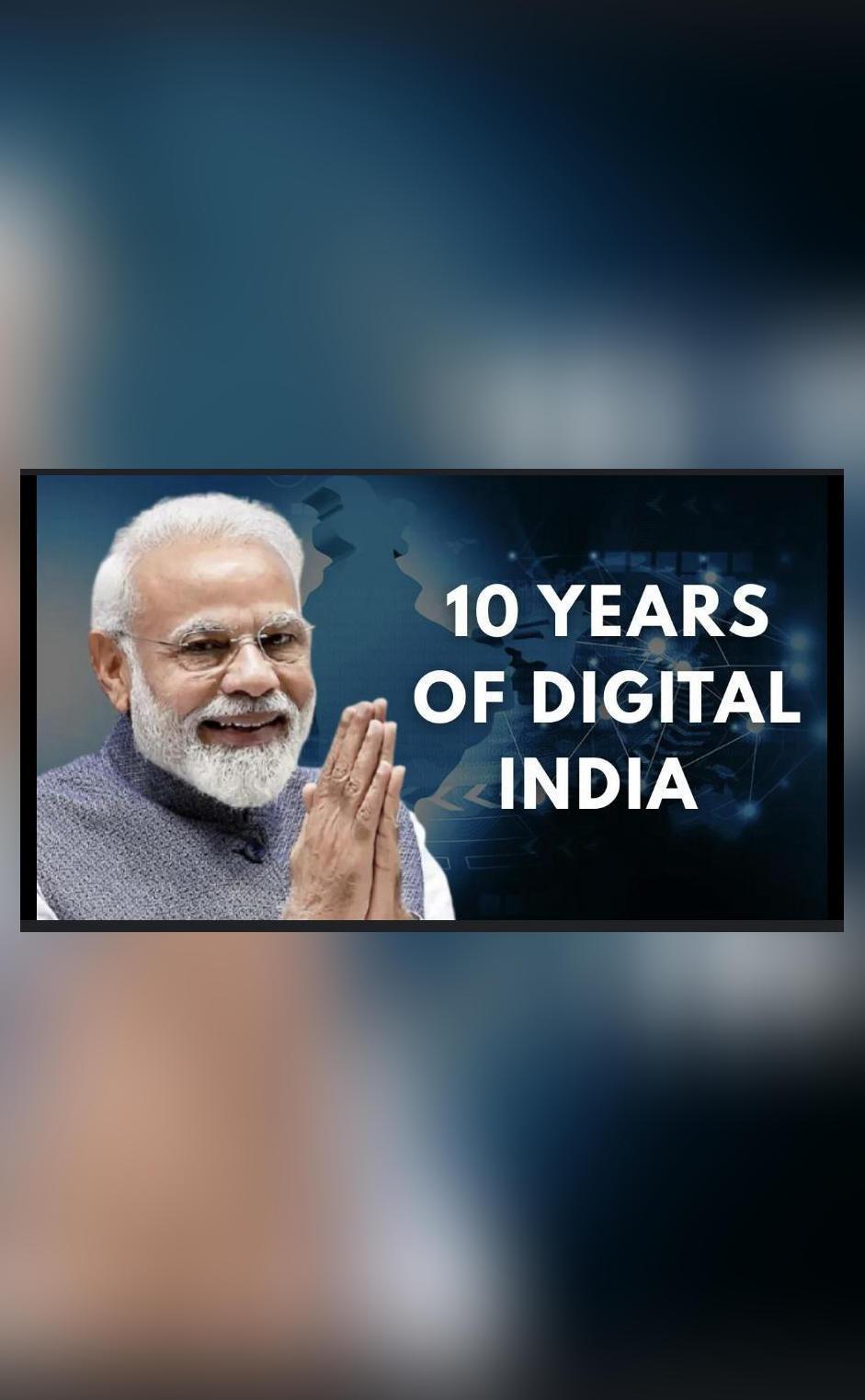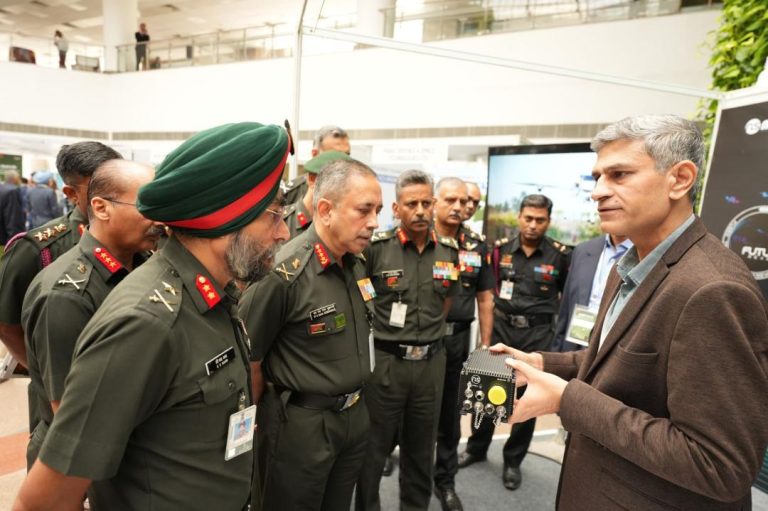
10 years of Digital India: Milestones in tech, health & education
As we mark the 10th anniversary of Digital India, it’s a moment to reflect on the incredible progress made in transforming India into a digitally empowered society. Prime Minister Narendra Modi recently celebrated this milestone, highlighting the significant strides made in education, healthcare, MSMEs, and Artificial Intelligence. The journey has been remarkable, with innovative platforms like Open Network for Digital Commerce (ONDC) and Government e-Marketplace (GeM) empowering local sellers, and India’s startup ecosystem thriving.
In this blog post, we’ll delve into the key milestones achieved over the past decade and explore the future prospects of Digital India.
Education: A digital revolution
The digitalization of education has been a significant focus area for the government. Over the past decade, India has made tremendous progress in this sector. Initiatives like the National Digital Library (NDL) and the National Educational Network (NEN) have provided students with access to a vast repository of digital resources. This has enabled students to learn at their own pace, reducing the burden on physical infrastructure and promoting a more inclusive education system.
Additionally, the Digital India initiative has enabled the development of online courses and certification programs, making education more accessible to people from all walks of life. The government has also launched initiatives like the National Digital Payment Platform (NDPP) and the Unified Payment Interface (UPI), allowing students to make seamless online transactions.
Healthcare: Leveraging technology for better outcomes
The healthcare sector has also seen significant strides in digitalization. The government has launched initiatives like the National Health Mission (NHM) and the Ayushman Bharat Yojana, which have enabled the use of technology to improve healthcare outcomes. Digitalization has helped reduce healthcare costs, increased access to medical services, and improved patient care.
Telemedicine has become a game-changer in rural areas, where patients can now access specialized medical care remotely. The government has also launched initiatives like the National Digital Health Mission (NDHM), which aims to create a digital health ecosystem that connects patients, healthcare providers, and insurance companies.
MSMEs: Empowering local sellers
The Digital India initiative has also focused on empowering Micro, Small and Medium Enterprises (MSMEs) by providing them with digital platforms to sell their products and services. The Open Network for Digital Commerce (ONDC) is a significant initiative in this regard, which enables local sellers to sell their products on multiple e-commerce platforms.
The Government e-Marketplace (GeM) is another platform that has been instrumental in promoting digital commerce among MSMEs. GeM has enabled MSMEs to sell their products to government institutions, providing them with a significant boost in revenue.
Artificial Intelligence: A humanity-first approach
Artificial Intelligence (AI) has been a key focus area for India’s Digital India initiative. The government has launched the $1.2 billion AI Mission, which aims to develop AI-based solutions that are centered around humanity. The mission focuses on areas like healthcare, education, and agriculture, where AI can be used to improve outcomes and make a meaningful impact on people’s lives.
The government has also launched initiatives like the National AI Portal, which provides a platform for AI-based startups to showcase their innovations. The government has also launched the AI-based Early Warning System, which helps in predicting and preventing natural disasters like floods and droughts.
The future of Digital India
As we mark the 10th anniversary of Digital India, it’s clear that the journey is far from over. The government’s focus on education, healthcare, MSMEs, and AI has been instrumental in transforming India into a digitally empowered society. The future holds much promise, with affordable GPU access and a $1.2 billion AI Mission, India aims to lead with a humanity-first approach to technology.
The government’s commitment to digitalization is evident in its initiatives like the National Digital Communication Policy (NDCP), which aims to create a digital communication ecosystem that is secure, reliable, and efficient. The policy focuses on areas like 5G, IoT, and AI, and provides a framework for the development of a digital communication infrastructure.
In conclusion, the past decade has been remarkable for Digital India, with significant progress made in education, healthcare, MSMEs, and AI. As we look to the future, it’s clear that India is poised to become a global leader in digital technology, with a humanity-first approach that puts people at the center of its digital transformation.






